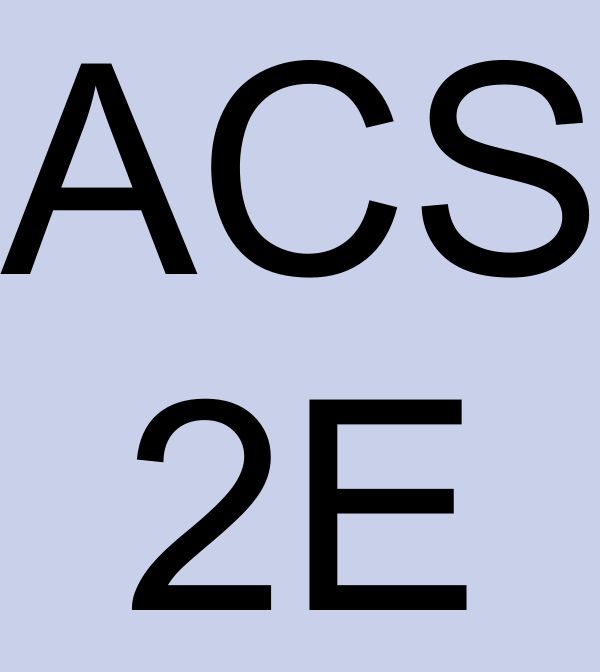Skip to main content
Contents Index Dark Mode Prev Up Next Scratch ActiveCode Profile \(\newcommand{\dollar}{\$}
\DeclareMathOperator{\erf}{erf}
\DeclareMathOperator{\arctanh}{arctanh}
\DeclareMathOperator{\arcsec}{arcsec}
\newcommand{\lt}{<}
\newcommand{\gt}{>}
\newcommand{\amp}{&}
\definecolor{fillinmathshade}{gray}{0.9}
\newcommand{\fillinmath}[1]{\mathchoice{\colorbox{fillinmathshade}{$\displaystyle \phantom{\,#1\,}$}}{\colorbox{fillinmathshade}{$\textstyle \phantom{\,#1\,}$}}{\colorbox{fillinmathshade}{$\scriptstyle \phantom{\,#1\,}$}}{\colorbox{fillinmathshade}{$\scriptscriptstyle\phantom{\,#1\,}$}}}
\)
Activity 3.3.2 .
Suppose that \(g(x)\) is a function whose first derivative is
\begin{equation*}
g'(x) = \frac{(x+4)(x-2)}{x^2+1}\text{.}
\end{equation*}
(a) Determine, with justification, all critical numbers of
\(g\text{.}\)
(b) By developing a carefully labeled first derivative sign chart, decide whether
\(g\) has as a local maximum, local minimum, or neither at each critical number.
(c) Does
\(g\) have a global maximum? global minimum? Justify your claims.
(d) Sketch a possible graph of
\(y = g(x)\text{.}\) Clearly label any local or global extrema on the graph.

